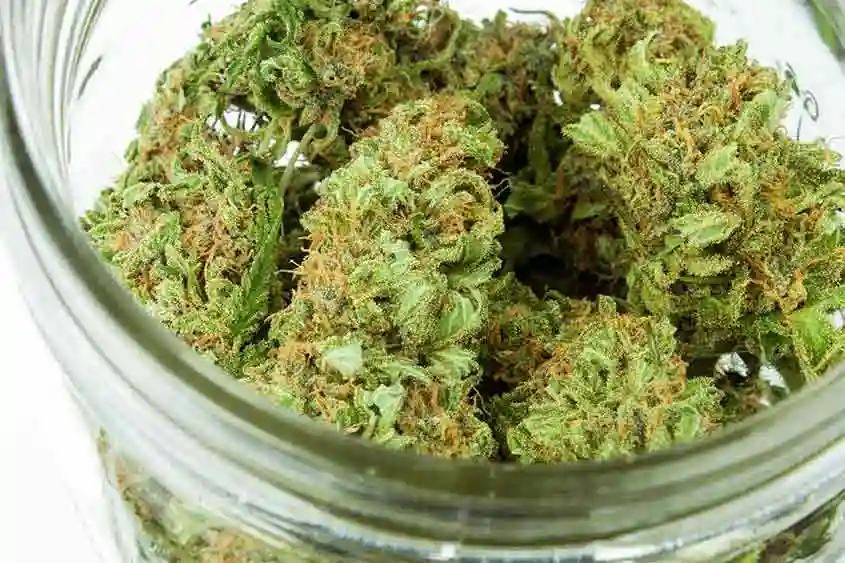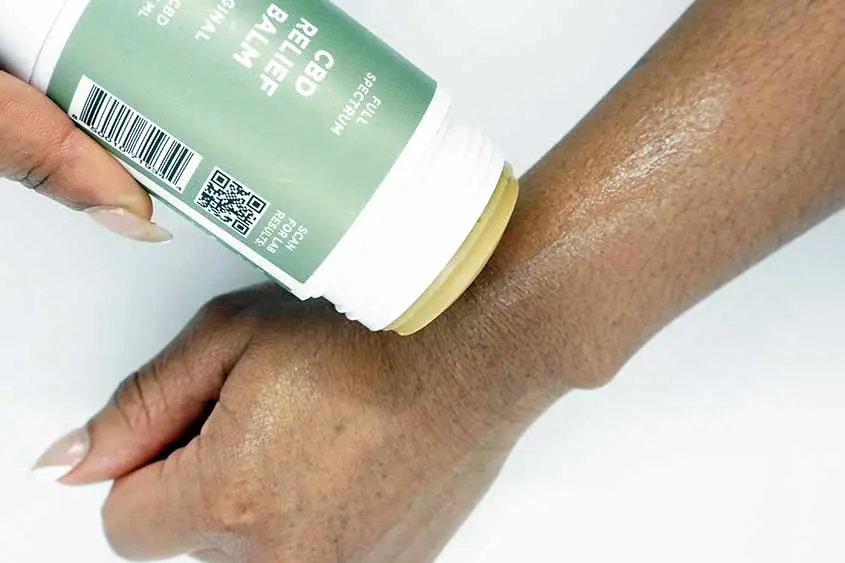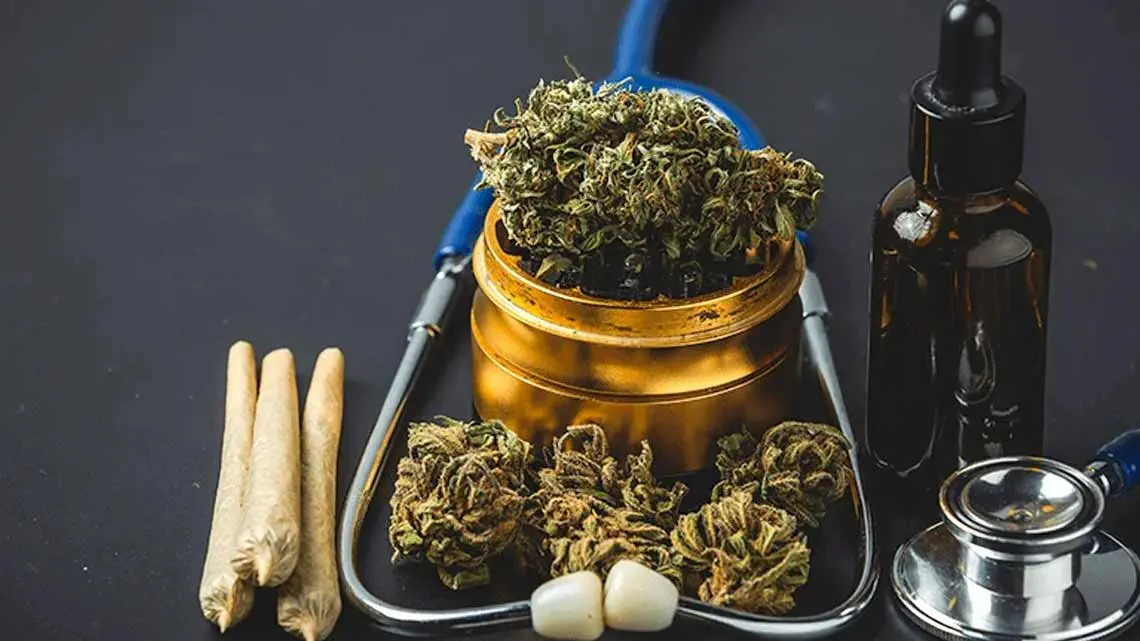More US states are passing laws to allow medical marijuana. It’s important to know the basics, how it works, and what conditions it can treat. Medicinal marijuana is becoming a popular treatment option for various health issues, especially those not effectively managed by other drugs and therapies.
In this comprehensive blog, we will provide detailed information on what medical marijuana is, how it works in the body, and which health conditions it can potentially treat. By the end, you will have a clear understanding of the benefits and risks associated with its use. Let’s begin!
About Medical Marijuana

Exploration of Medical Marijuana
Since the turn of the century, the use of marijuana as a treatment option has been explored for various health conditions that are not effectively treated with other common drugs and therapies. Researchers have been studying its potential benefits and how it can provide relief where traditional treatments fail. This exploration has opened new doors for patients seeking alternative therapies.
Support from Doctors and Patients
Doctors and patients who have experienced the effectiveness of medical marijuana in alleviating symptoms of certain medical conditions have supported its use. Also, their positive experiences and testimonials have played a crucial role in changing perceptions and laws around medical marijuana. As a result, more states are permitting its use if prescribed by a doctor. All in all, this growing acceptance highlights the importance of patient advocacy and medical endorsement in the evolving landscape of medical treatments.
Legalization and Medical Marijuana States
States where marijuana is legal are often called medical marijuana states. In these states, the law allows for the regulated use of marijuana for medical purposes. If you live in one of these states and your health practitioner believes that medical marijuana could help treat one of your health issues, you’ll receive a ‘marijuana card.’ This card is your key to accessing medical marijuana legally and safely.
Obtaining Medical Marijuana
With a marijuana card, you can purchase weed from an authorized medical marijuana seller, generally known as a cannabis dispensary. These dispensaries are regulated by the state to ensure the quality and safety of the products they sell. All in all, they offer various forms of medicinal marijuana, including oils, edibles, and vaporizers, tailored to meet the needs of different patients.
Finally, understanding the process of obtaining and using medical marijuana can empower patients to explore new treatment options and find relief for their conditions.
How Medical Marijuana Works

FDA-Approved Cannabinoids
Currently, there are two FDA-approved cannabinoids available in the US for treating refractory chemotherapy-induced nausea and vomiting: dronabinol (Marinol®) and nabilone (Cesamet®). Both of these medications are prescribed in pill form and have shown effectiveness in reducing nausea and vomiting when other treatments have failed. In addition to these uses, nabilone is also indicated for AIDS-associated wasting and spasticity caused by spinal cord injury.
Other Marijuana-Based Medications
Other marijuana-based medications have been approved or are undergoing clinical trials in the US. One notable example is Nabiximols (Sativex®), available in the UK, Canada, and many European countries. Nabiximols are used for treating spasticity and neuropathic pain associated with multiple sclerosis. It is administered as a mouth spray and combines THC and CBD, two active chemicals found in marijuana. This combination helps manage pain and spasticity more effectively.
CBD-Based Medication
The FDA has also approved a CBD-based liquid medication called Epidiolex® for treating two types of chronic childhood epilepsy: Dravet syndrome and Lennox-Gastaut syndrome. Moreover, Epidiolex® is delivered in a reliable dosage form to ensure patients receive the expected benefits. Understandably. its approval marks a significant advancement in the use of cannabis-based treatments for severe epilepsy, offering hope to many families affected by these conditions.
Ongoing Research
Despite these advancements, more research is needed to determine optimal dosing and delivery methods for medical marijuana. Current medications have provided a foundation, but the medical community continues to explore how different cannabinoids can be used to treat various conditions more effectively. Currently, researchers are working to understand the best ways to administer these treatments to maximize their benefits while minimizing potential side effects. This ongoing research is crucial for the continued development and acceptance of medicinal marijuana as a legitimate treatment option.
Medicinal Properties of Marijuana

Extensive Research and Debate
The potential medicinal properties of marijuana and its constituents have been extensively researched and debated for many years. Moreover, scientists and medical professionals have conducted numerous studies to understand how marijuana can help treat various health conditions. Despite this extensive research, no consensus has been reached about marijuana as a medicine. Consequently, the varying results and interpretations of studies have led to ongoing discussions about its efficacy and safety.
THC and CBD: Different Benefits
One thing that is clear from the research is that THC, a primary component of marijuana, has proven medical benefits in specific formulations. THC has been shown to help with pain relief, nausea, and muscle spasms, among other symptoms. On the other hand, CBD, another major component of marijuana, does not have the same beneficial attributes as THC. While CBD is often praised for its potential therapeutic effects, such as reducing anxiety and inflammation, it does not provide the same level of medical benefits as THC in certain conditions.
Risks of Using Marijuana as Medicine

Natural Body Chemicals and Marijuana
The human body already produces marijuana-like chemicals that influence pain, inflammation, and other processes. These endogenous cannabinoids play a crucial role in maintaining homeostasis within the body. According to Laura Borgelt, PharmD, of the University of Colorado, marijuana can sometimes help these naturally produced chemicals work better. This interaction can relieve patients with certain health conditions by enhancing the body’s natural ability to manage pain and inflammation.
Considerations and Cautions
Despite the potential benefits, using marijuana as a medicine comes with risks. It is important to consider that the effects of marijuana can vary widely among individuals. Factors such as dosage, method of consumption, and individual health conditions can influence the outcomes. Additionally, there is still much to learn about the long-term effects of medical marijuana use. Patients and healthcare providers must weigh the potential benefits against the risks and uncertainties when considering marijuana as a treatment option. More research is needed to fully understand how to use marijuana safely and effectively in medical practice.
Conditions that Medical Marijuana Treats

Many US citizens are curious about medical marijuana and often ask: Can cannabis treat health conditions? The answer is yes, it has been identified as a treatment option for over 200 different indications. Here’s a detailed look at how it helps with various health conditions:
Anti-nauseant and Appetite Stimulant
Marijuana is well-known for its ability to reduce nausea and stimulate appetite. This is particularly beneficial for patients undergoing chemotherapy, which often causes severe nausea and loss of appetite. Cannabis can help these patients maintain their nutrition and strength during treatment. It is also useful for patients with HIV/AIDS who experience wasting syndrome and need to increase their appetite and maintain body weight.
Antispasmodic and Anti-convulsant
Marijuana has antispasmodic properties, making it effective in treating muscle spasms associated with multiple sclerosis (MS) and spinal cord injuries. Its anti-convulsant properties are beneficial for patients with seizure disorders, including epilepsy. CBD, in particular, has been shown to reduce the frequency and severity of seizures in certain types of epilepsy, such as Dravet syndrome and Lennox-Gastaut syndrome.
Analgesic (Pain Reliever)
One of the most common uses of medical marijuana is for pain relief. Chronic pain conditions, such as arthritis, fibromyalgia, and neuropathic pain, can be debilitating and difficult to manage with conventional painkillers. Medical marijuana provides an alternative for patients who do not respond well to traditional pain medications or wish to avoid the side effects of opioids. THC and CBD work together, to reduce pain by interacting with the body’s endocannabinoid system.
Anti-inflammatory and Immune System Modulator
Cannabis has anti-inflammatory properties, which can help manage inflammatory conditions such as Crohn’s disease, ulcerative colitis, and irritable bowel syndrome (IBS). By modulating the immune system, medical marijuana can reduce inflammation and provide relief from symptoms like abdominal pain and diarrhea. This makes it a valuable treatment option for autoimmune diseases where inflammation is a primary concern.
Anxiolytic (Anxiety Reliever) and Antidepressant for Mood Disorders
Marijuana can also act as an anxiolytic, helping to relieve anxiety. It is used to treat various anxiety disorders, including generalized anxiety disorder (GAD), social anxiety disorder (SAD), and post-traumatic stress disorder (PTSD). Some studies suggest that cannabis, particularly CBD, can help alleviate symptoms of depression by influencing the brain’s serotonin receptors, which are involved in regulating mood and emotions.
Harm Reduction Substitute for Alcohol, Opiates, and Other Dangerous Drugs
For individuals struggling with addiction, cannabis can serve as a harm-reduction substitute for more dangerous substances like alcohol, opioids, and other drugs. It can help manage withdrawal symptoms and reduce cravings, making it easier for patients to transition away from harmful substances. This approach can be part of a comprehensive treatment plan to address substance use disorders.
Other Commonly Treated Conditions

Here are some specific conditions for which medical marijuana is commonly prescribed:
Chronic Pain
Patients with chronic pain conditions often find relief with medical marijuana, as it can effectively reduce pain and improve quality of life.
Nausea Caused by Cancer Chemotherapy
Chemotherapy-induced nausea and vomiting (CINV) can be severe, and medical marijuana is a proven treatment to help manage these symptoms.
HIV/AIDS
Medical marijuana helps in increasing appetite and managing pain, nausea, and wasting syndrome in patients with HIV/AIDS.
Muscle Spasms from Multiple Sclerosis (MS)
Cannabis is effective in reducing muscle spasms and improving mobility for patients with MS.
Glaucoma
Medical marijuana can reduce intraocular pressure in the eyes, providing relief for patients with glaucoma.
Irritable Bowel Syndrome (IBS)
Patients with IBS find that cannabis helps reduce inflammation and alleviate symptoms like abdominal pain and diarrhea.
Seizure Disorders
Epilepsy patients, especially those with severe forms like Dravet syndrome and Lennox-Gastaut syndrome, benefit from CBD’s anti-convulsant properties.
Crohn’s Disease
Medical marijuana helps manage symptoms of Crohn’s disease, including pain and inflammation, and improves overall quality of life for patients.
Medical marijuana can work wonders for various physical and psychological conditions to alleviate symptoms. Its potential to treat many health issues makes it a valuable option for many patients. If you are interested in buying medical marijuana, apply for a medical marijuana card today and buy 100% legal medical cannabis from our dispensaries in Missouri.
Conclusion
Medical marijuana is becoming increasingly recognized as a valuable treatment option for a variety of health conditions. Its effectiveness is supported by both doctors and patients, leading to its legalization in many states. If you live in a state where medical marijuana is legal, you can obtain a ‘marijuana card’ to purchase cannabis from authorized dispensaries. The mechanism by which medical marijuana works involves FDA-approved cannabinoids such as dronabinol and nabilone, as well as other medications like Nabiximols and Epidiolex. These drugs provide relief for conditions such as nausea, pain, spasticity, and epilepsy. Despite these advancements, ongoing research is necessary to refine dosing and delivery methods.
Medical marijuana treats a wide range of conditions, including chronic pain, chemotherapy-induced nausea, HIV/AIDS, multiple sclerosis, glaucoma, IBS, seizure disorders, and Crohn’s disease. It acts as an anti-nauseant, appetite stimulant, antispasmodic, analgesic, anti-inflammatory, anxiolytic, and even a harm reduction substitute for more dangerous substances. In summary, medical marijuana offers significant potential to alleviate symptoms of various physical and psychological conditions. For those interested in exploring this treatment, obtaining a medical marijuana card can provide access to legal and safe cannabis products from dispensaries in states like Missouri. By staying informed and weighing the benefits and risks, patients can make empowered decisions about their healthcare options.
Consult a healthcare professional before using cannabis products; the advice provided is not a substitute for medical guidance.

